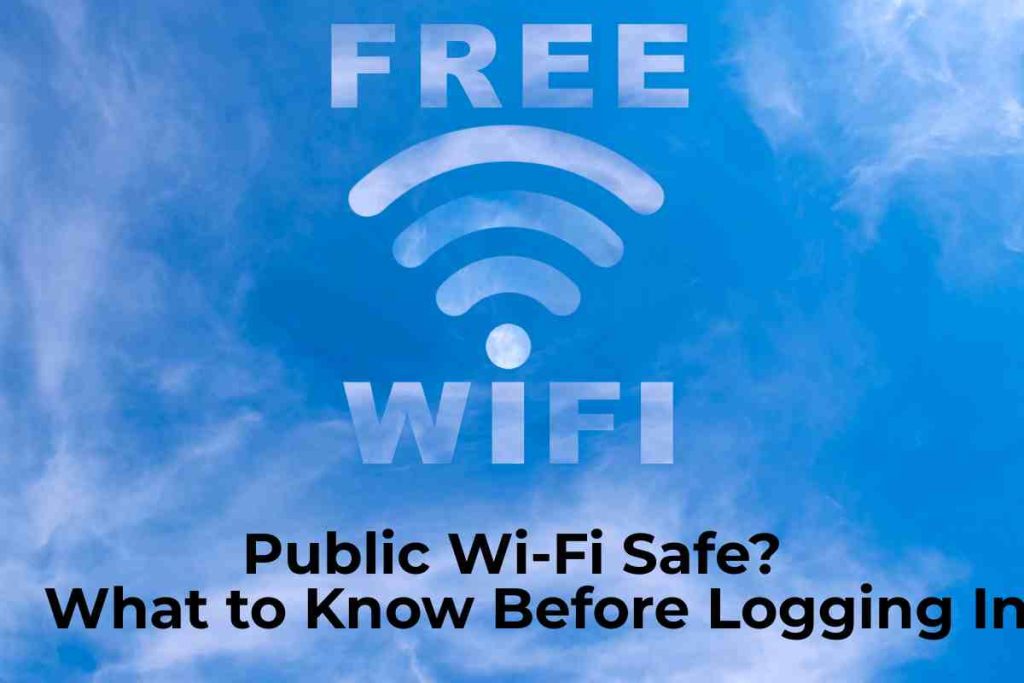When using public Wi-Fi, many people wonder, is public Wi-Fi safe? The convenience of free internet access at cafes, airports, or hotels can be tempting, but it also comes with security risks that could expose your phone or computer to hackers. Understanding the dangers and taking the right precautions before, during, and after connecting can keep your devices and personal data safe.
IN THIS ARTICLE : Public Wi-Fi Safe? What to Know Before Logging In
Risks of Using Public Wi-Fi
Public Wi-Fi networks often lack proper security measures. This means cybercriminals can intercept your data, steal passwords, or install malware without you realizing it. Connecting without safeguards makes your phone or computer vulnerable to these attacks, especially when accessing sensitive information like online banking or work emails.
How to Stay Safe on Public Wi-Fi
Here are essential tips to safeguard your devices and data when using public Wi-Fi:
1. Use a VPN for Encryption
A Virtual Private Network (VPN) encrypts your internet traffic, preventing hackers from snooping on your connection. Always activate a reliable VPN before logging in to any public Wi-Fi network.
2. Look for HTTPS Websites
Only visit websites that use HTTPS in their URL. The “S” stands for secure and means your communication with the website is encrypted, protecting your information from being intercepted.
3. Disable Automatic Wi-Fi Connections
Turn off settings that automatically connect your device to nearby networks. This prevents your phone or computer from joining unsafe networks without your permission.
4. Keep Firewalls and Antivirus Software Active
Make sure your firewall is enabled and your antivirus software is up to date. These tools help detect and block threats while you browse.
5. Avoid Accessing Sensitive Accounts
Refrain from logging into bank accounts or entering payment details while on public Wi-Fi unless you are protected by a VPN.
6. Turn Off File Sharing
Disable file sharing and network discovery on your device. This stops others on the same network from accessing your files.
7. Forget Networks After Use
After finishing with a public Wi-Fi network, “forget” it on your device so it won’t connect automatically in the future.
8. Enable Two-Factor Authentication (2FA)
Add an extra layer of protection to your accounts with 2FA. This means even if someone gets your password, they’ll need a second verification step to access your accounts.
9. Monitor Your Accounts Regularly
Check your bank and email accounts for unusual activity after using public Wi-Fi. Early detection of suspicious behavior can prevent bigger problems.
10. Scan Your Device with Security Tools
Regularly run scans using trusted antivirus or security apps to find and remove malware that may have been installed without your knowledge.
What to Do If You Suspect a Breach
If you believe your device was compromised after using public Wi-Fi, immediately disconnect from the network and run a full security scan. Change your passwords for sensitive accounts and monitor your financial transactions closely.
Using public Wi-Fi safely is about being cautious and prepared. By following these simple steps, you reduce your risk of cyber threats and keep your phone and computer secure no matter where you connect.















